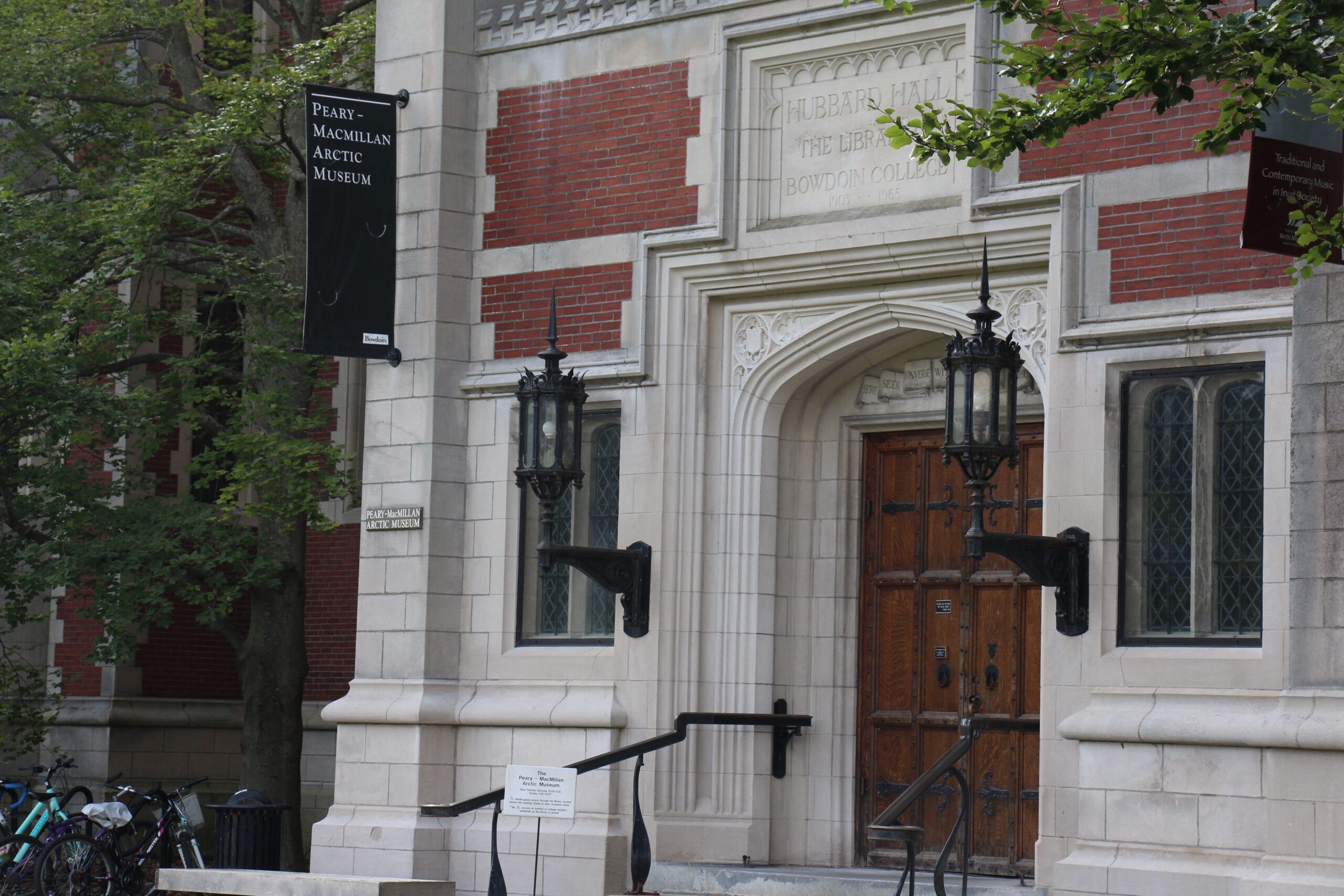Virtual programming keeps students engaged with Arctic Museum
September 25, 2020
 Mindy Leder
Mindy Leder
The move to a remote model has accelerated the completion of projects that were already in the works. Susan Kaplan, director of the Arctic Museum and professor of anthropology, is excited about the opportunity that the museum staff has had to transcribe Arctic travel journals. In their digitized form, they will be accessible remotely and searchable to students and researchers alike.
“[Transcribing journals] is something that we’d always wanted to do, but it was always on the back burner,” said Kaplan in a Zoom interview with the Orient. “Now, because of the circumstances, we’re able to do it and to do more than we had anticipated.”
Kaplan also highlighted the addition of new material to the Museum’s public interface, Kiosk. While the Museum had an online presence prior to the coronavirus (COVID-19) pandemic, thousands of new entries have been recently uploaded for remote access.
A Microsoft presentation app called Sway has further connected Bowdoin with Arctic communities. The app allows users to explore exhibits usually located in Hubbard Hall, and it works well—even with the low bandwidth connections that the Arctic often has.
“One of the challenges that we’ve always had is that we have content in the Museum that’s important to communities in the Arctic,” said LeMoine in a Zoom interview with the Orient. “[But] they can rarely, if ever, come and visit the museum in person.”
Sway has allowed these communities to engage with the Museum’s collections, which has been a success. The beadwork exhibit, for example, has had over 1,000 hits.
The Museum has further connected with the Bowdoin community through its first virtual pop-up exhibit, “These Strange and Unusual Times: Sharing Our Experience Through Objects.” Museum staff asked members of the Bowdoin community, as well as anyone else who wanted to participate, what singular object around them they would always associate with the pandemic. People around the world submitted photos and short narratives of their pandemic-era objects, and Arctic Museum Curatorial Intern Hannah Moore turned these submissions into an exhibit, which Kaplan describes as a sort of time capsule.
“It was kind of like a little blot of sunshine where you could see the positivity that came out of [the pandemic],” Moore said in a Zoom interview with the Orient.
Moore also works as the coordinator for classes that wish to use the Museum and its collections. While no in-person visits are possible, specialized class tours are possible this year. This year, for a tour, she might walk through the Museum with an iPad and broadcast what she sees via Zoom.
Online content includes LeMoine’s Arctic film suggestions, Assistant Curator Michael Quigley’s articles on Inuit music with Spotify links and Museum Outreach Coordinator Jamey Tanzer’s word search activities for both children and adults.
LeMoine and staff also sorted through around 40,000 Museum pieces to find those that they knew were from a specific geographic location. They worked with Bowdoin Academic Technology Consultant David Francis to make a map of all these locations, and that map is now available on the Kiosk.
LeMoine expressed happiness at the apparent success of the online exhibits.
“We can’t have visitors in the galleries, but we can still get visitors looking at our exhibits,” said LeMoine. “It’s heartening to know that people are still out there looking for interesting things to look at.”

Comments
Before submitting a comment, please review our comment policy. Some key points from the policy: